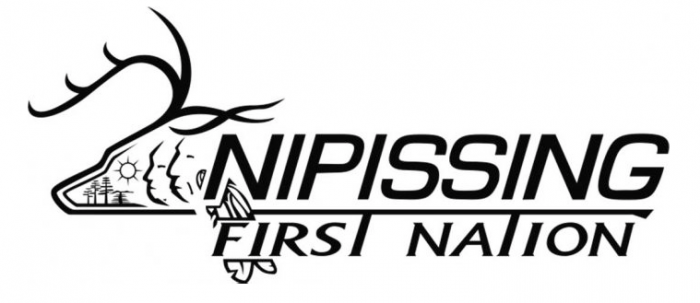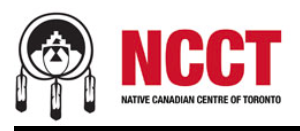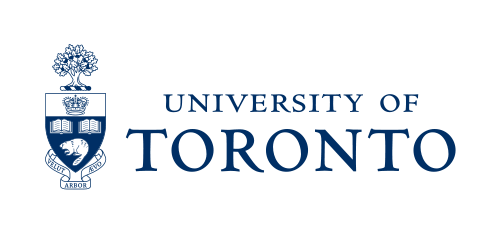Nipissing First Nation & Toronto Native Canadian Centre
Written by Cara Krmpotich & Katrina Srigley. Photographs by Kate Higginson.
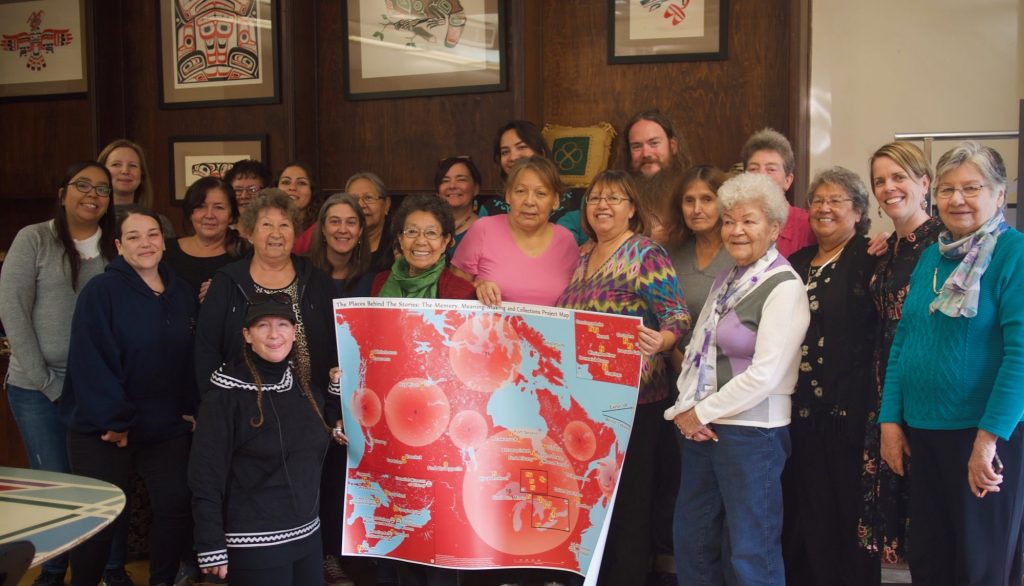
This project is motivated by an urgency within Indigenous communities to inform everyday life with a sense of community history, language, and intergenerational knowledge transfer. We hold that community histories, including recent histories, are integral to daily life. One of our goals is to bring people into relationship with history in their daily social practices, putting collections of heritage items into practice as articulated and guided by community organizations and members. Histories are rooted in land-based epistemologies and stories of movement, community, conflict, struggle, and sharing. Establishing ways to build and sustain these relationships through GRASAC is a long-term goal.
Our Animating Knowledge project brings together two groups of senior Anishinaabe and Cree women: the Anishnaabemowin Language Circle of Nipissing First Nation (who share a commitment to language retention and the revitalization of historical knowledge), and the Memory, Meaning Making and Collections group from the Toronto Native Canadian Centre (who came together in 2013 through a shared interest in artifact collections and collective memory).
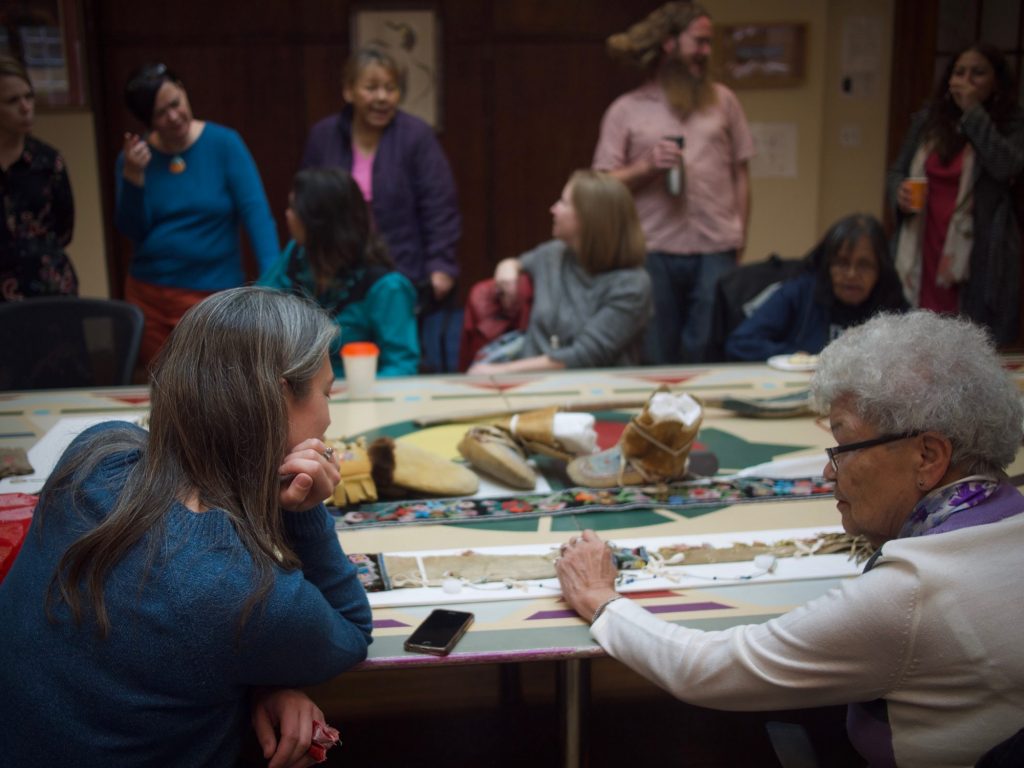
Our pilot project has established relationships between these two groups of women interested in history, language, and the creation of viable and animated collections that have effective relationships with and better use in communities. Together they have created contexts for knowledge sharing to build understanding of histories, and expand capacity for history-based projects in communities, including the development or expansion of culture centres and curriculum.
For our first gathering, in June 2017, the Memory, Meaning Making and Collections group travelled to Nipissing First Nation to meet with the Anishnaabemowin Language Circle and Nbisiing History seniors group and attend a series of wonderful events over three days. In our first day together we attended the Dokis First Nation Powwow and had a special guided tour of the new Dokis Museum. The following day we travelled to the Discovery North Bay Museum together, where the museum director and staff shared archaeologically-recovered materials from the Nbisiing Anishinaabeg area with us. The objects were animated by stories shared reciprocally. We then celebrated the opening of the new midwifery centre at Nbisiing First Nation, along with a number of Elders, Anishinaabekwe, and the Chief of NFN, Scott McLeod. On our third day together, we gathered at Nipissing University and Canadore College with other community members, students and administrators to feast the university collection and reflect on how to build relationships with – and in the process meaningfully animate – drums, rattles, tikinagan, artwork and other items that often sit unnoticed in institutions such as universities and colleges. Professor Terry Dokis joined us spoke about his extensive collection of rattles.

In October 2017, for our second gathering, the Anishinaabemowin Language Circle from Nipissing First Nation travelled to Toronto to meet with the Memory, Meaning-Making and Collections group. Over two busy days together, we visited with the Anishinaabeg collections at the Royal Ontario Museum (chi-miigwetch to GRASAC researcher Naomi Recollect for helping to organize this), toured the amazing “Anishinaabeg Art and Power” exhibition at the ROM (co-curated by GRASAC board member Alan Corbiere), enjoyed the Pow Wow Café, and spent a day visiting with and feasting the collection of heritage items stewarded by First Story at the Native Canadian Centre of Toronto.
Building understanding through relationship – amongst people, through groups, with histories, territories, material objects, language and spirit, in reciprocity through the exchange of stories, knowledge, and food – is at the heart of the work we have done this year. This time together has offered us a meaningful basis for reflecting on GRASAC’s goals, including the strengths and weaknesses of the GRASAC knowledge sharing system (as it presently exists) for community members, useful steps for GRASAC to build further relationships in communities, and the animation of the GRASAC database through the integration of Anishinaanbemowin.

Team Leaders:
- Cara Krmpotich (Associate Professor, iSchool, University of Toronto)
- Glenna Beaucage (Culture and Heritage Manager, Nipissing First Nation)
- Katrina Srigley (Associate Professor of History, Nipissing University)
Team Members:
- The Anishinaabemowin Language Circle, Nipissing First Nation: including Evelyn McLeod, Geraldine McLeod, June Commanda and Marlene Barnes.
- The Memory, Meaning-Making and Collections group, Native Canadian Centre of Toronto: including Amber Sandy (First Story Toronto), Clara Loutitt (NCCT), Danii Desmarais (PhD candidate, Anthropology, UofT), Emma Knight (Assistant Curator, Royal Alberta Museum), Jacqui Lavalley (Elder & PhD student OISE), Jamila Ghaddar (PhD candidate, UofT iSchool), Heather Howard-Bobiwash (Assistant Professor of Anthropology, Michigan State University), Helen Parker (NCCT), Jaime Kearns (Anthropology student, U of T), Lynne Howarth (Professor, iSchool, UofT ), Michael O’Rourke (PhD candidate, Anthropology, UofT), Orrice Coates (NCCT), Susan Hunter (NCCT) and Sandra Simpson (NCCT).
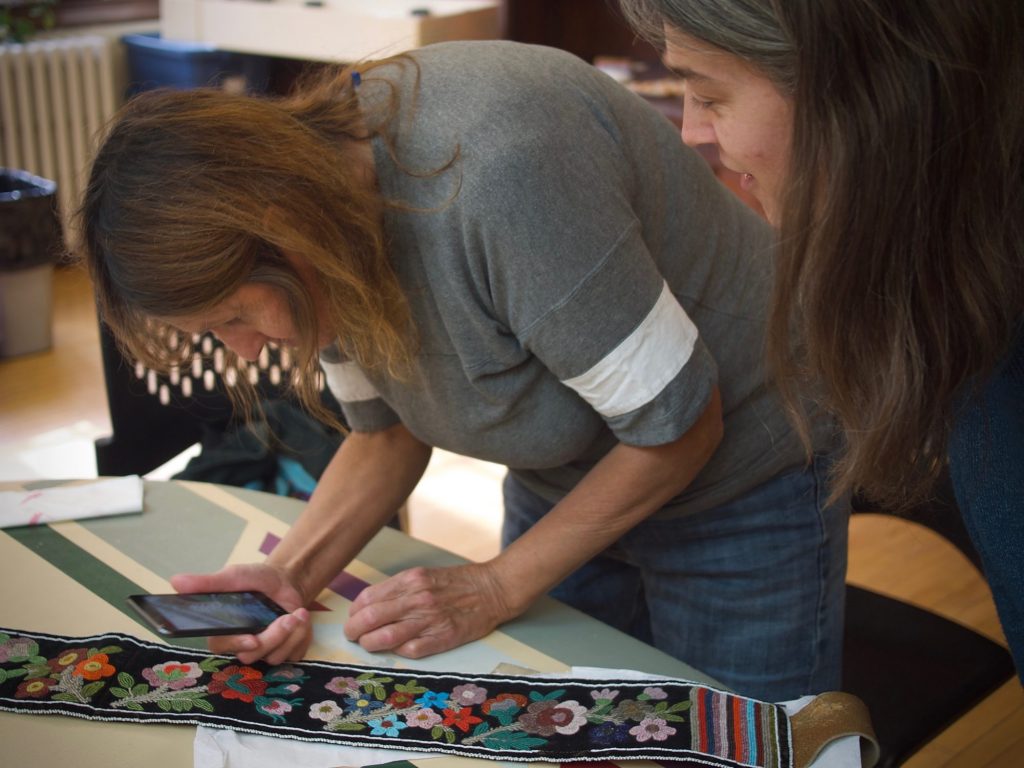
Additional Information:
For more on the work of the Memory, Meaning Making and Collections Group based at the Toronto Native Canadian Centre, please see the following resources:
- Cara Krmpotich, Heather Howard, and Emma Knight. “From collection to community to collections again: Urban Indigenous women, material culture and belonging.” Journal of Material Culture (21:3) 2016.
- Lynne C. Howarth and Emma Knight. “To Every Artifact Its Voice: Creating Surrogates for Hand-Crafted Indigenous Objects.” Cataloging & Classification Quarterly. 2015: 53:5-6, 580-595.
- Michael J. E. O’Rourke, “Value and Fluidity in Collaborative Heritage Research Planning: Perspectives from the Memory, Meaning-Making and Collections Project.” Collaborative Anthropologies, Vol 8: 1-2 (Fall-Spring 2015-16).
- Cara Krmpotich, “Public Humanities as Third Space: Memory, Meaning-Making and Collections and the Enunciation of “We” in Research.” University of Toronto Quarterly, Vol. 85, No. 4
- Lynne C. Howarth, “Objects, Memory, Identity, Voice.” Proceedings of the 43rd Annual Conference of the Canadian Association for Information Science (June 3-5, 2015).
- Indiegogo Campaign: Memory, Meaning-making and Collections! Send 8 Aboriginal seniors to Washington D.C to get hands on with collections, culture, and heritage!
- “Memory, Meaning-Making and Collections: Artifacts Bring Us Together.” North York Public Library Blog (July 20, 2015).
- Emma Knight, short video publicizing her talk on MMMC: “All the People We’ve Met: Memory, Meaning-making and Collections” (2016).
- Patricia Corrigan, “Connecting Aboriginal Elders to their history,” Canadian Museum of History Blog (2015).
For more on the work of the Anishinaabemowin Language Circle on the history of Nbisiing Anishinaabeg territory, please see the following resources:
- Katrina Srigley, (director and producer), “The Nipissing Warriors,” North Bay, Ontario: Regan Pictures, 2017.
- Kelly Anne Smith, “Nipissing Warriors players and fans unite community in new documentary,” Anishinabek News (29 March 2017).
- Katrina Srigley and Autumn Varley, “Learning to Unlearn: Building Relationships on Anishinaabeg Territory,” in Indigenous Research: Theories, Practices and Relationships, eds. Rochelle Johnston and Deborah McGregor (Toronto: Canadian Scholars Press, 2018).
- Katrina Srigley and Lorraine Sutherland, “Decolonizing, Indigenizing and Biiskaaybiiyang in the Field: Our Oral History Journey, Oral History Review (45:1, 2018).
- Bob Pipe with Liz Cohen, “Sharing Knowledge – Building Relationships on Anishinaabe Territory: Community and University Working in Partnership.” Ottawa Life (Vol 17:2, March/April 2015, p. 40).
- Nipping University Newsroom, “Partnerships shaking history and affecting change” (14 January 2015).


